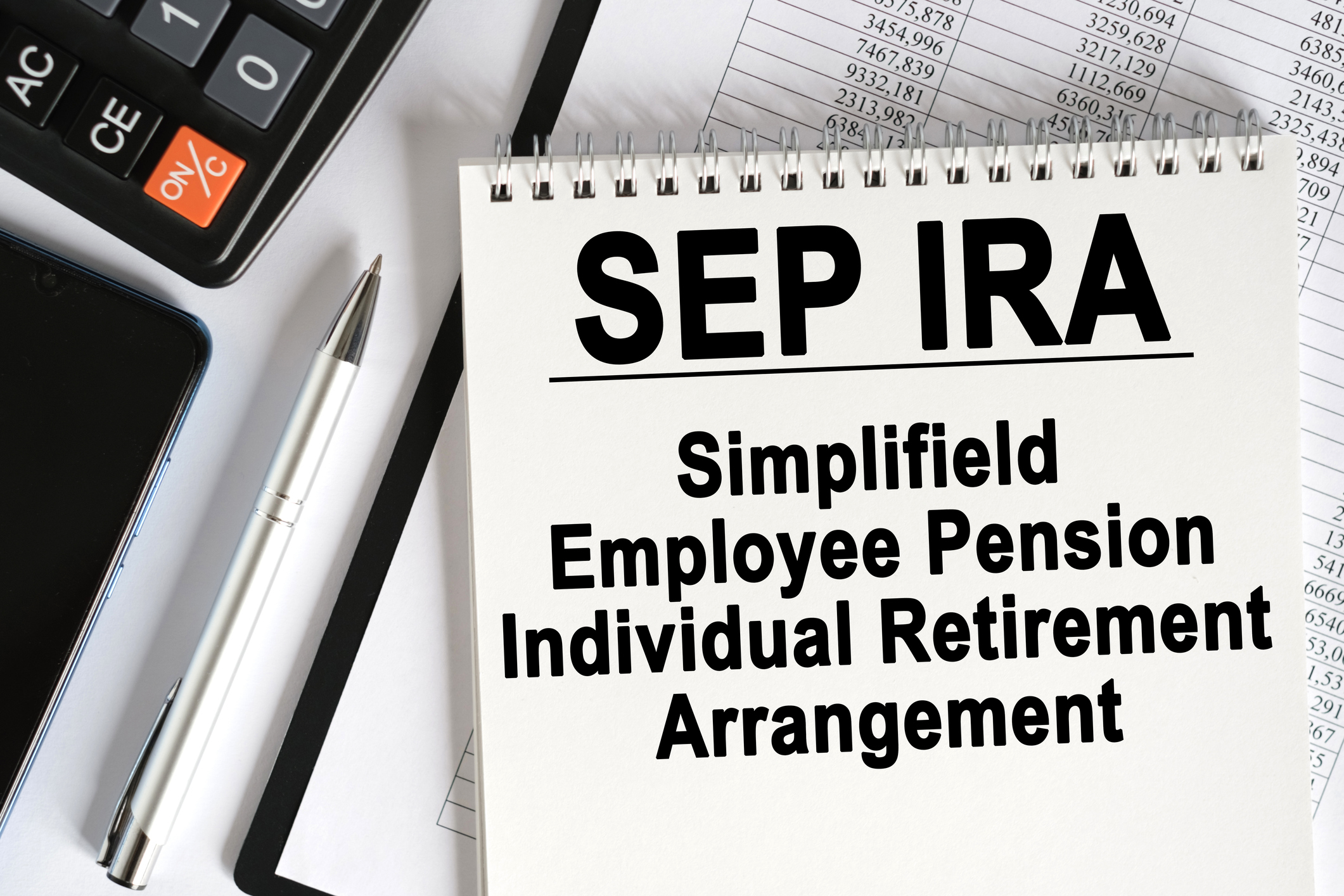For the past three years, Paula Gomes says that she has sometimes felt she is working two full-time jobs—her human resources position at Emory University in Atlanta, and her role as a caregiver to her mother and mother-in-law.
“There’s just a lot to learn” when you become a caregiver, says Gomes, 60, executive director of Emory’s Faculty Staff Assistance Program. “You’re stepping in all of the sudden to do so much. My husband and I feel overwhelmed sometimes.”
So Gomes turned to her employer for help. Emory offers a caregiver support program through its Work-Life Resource Center, which includes an on-site consultant to help employees find elder-care resources and support, even from a distance. Mary Ellen Eady, Emory’s work-life specialist, referred Gomes to a resource for rehabilitation options in Virginia for her mother-in-law and offered advice on creating an informal care support network in her mother-in-law’s community.
From just $107.88 $24.99 for Kiplinger Personal Finance
Become a smarter, better informed investor. Subscribe from just $107.88 $24.99, plus get up to 4 Special Issues

Sign up for Kiplinger’s Free Newsletters
Profit and prosper with the best of expert advice on investing, taxes, retirement, personal finance and more - straight to your e-mail.
Profit and prosper with the best of expert advice - straight to your e-mail.
Gomes’ mother-in-law died last year, but Gomes and her husband also care for Gomes’ mother, 85, who lives in North Carolina and is in the early stages of dementia. Gomes again used Emory’s services for some of the legal and financial issues related to her mother’s condition. The services provided by the university “made an incredible difference to me,” Gomes says.
Balancing caregiving responsibilities with working is challenging. One in three U.S. workers voluntarily left a job because of caregiving responsibilities, a recent Harvard Business School study found. And one-third of them were caring for a sick elderly relative. Yet fewer than 10% of employers surveyed offered subsidized elder-care services, according to the study.
Reaching Out
While juggling work with caregiving is only beginning to be addressed in the workplace, you may have options for help. If you need to step back from work, you may be able to take up to 12 weeks of unpaid leave per year under the federal Family and Medical Leave Act, while keeping your job and health insurance.
Four states—California, New Jersey, New York and Rhode Island—offer paid family leave. Other states have expanded benefits or eligibility for family leave. The National Conference of State Legislatures keeps track of state policies at ncsl.org.
While elder-care assistance is not yet a common company benefit, some employers are stepping up to the plate. At audit and consulting firm Deloitte, about 5,000 employees have taken advantage of up to 16 weeks of paid family leave under a program established by the firm in 2016, a Deloitte spokesperson says.
Mortgage giant Fannie Mae was an early adopter of caregiving benefits, becoming one of the first companies to offer an onsite elder-care consultant in 1999. The consultant has a typical caseload of about 50 clients per month with about 200 contacts, such as emails and calls, to help employees with elder-care needs, says Michelle Stone, Fannie’s work-life benefits manager. Fannie also reimburses employees up to $65 per day for a maximum 30 times per year for emergency adult care when a home health aide isn’t available.
Check with your employer to see what benefits may be available to you, says Drew Holzapfel, chair of ReACT, or Respect a Caregiver’s Time, a corporate coalition aimed at improving workplace caregiving benefits. A company’s employee assistance program might include some elder-care support services.
Also, reach out to your supervisor as early as possible to explain your caregiving situation. “This is a tough conversation to have,” Holzapfel says. But that conversation can help an employer and employee be prepared to handle an absence if an employee needs to deal with an elder-care emergency.
And if it looks like you might have to leave the workforce for caregiving, propose a part-time or consultancy position to continue earning money and to create an on-ramp for your return.
Profit and prosper with the best of Kiplinger's advice on investing, taxes, retirement, personal finance and much more. Delivered daily. Enter your email in the box and click Sign Me Up.

-
 Forget FIRE: Why ‘FILE’ Is the Smarter Move for Child-Free DINKs
Forget FIRE: Why ‘FILE’ Is the Smarter Move for Child-Free DINKsHow shifting from "Retiring Early" to "Living Early" allows child-free adults to enjoy their wealth while they’re still young enough to use it.
-
 7 Tax Blunders to Avoid in Your First Year of Retirement
7 Tax Blunders to Avoid in Your First Year of RetirementA business-as-usual approach to taxes in the first year of retirement can lead to silly trip-ups that erode your nest egg. Here are seven common goofs to avoid.
-
 How to Plan for Social Security in 2026's Changing Landscape
How to Plan for Social Security in 2026's Changing LandscapeNot understanding how the upcoming changes in 2026 might affect you could put your financial security in retirement at risk. This is what you need to know.
-
 9 Types of Insurance You Probably Don't Need
9 Types of Insurance You Probably Don't NeedFinancial Planning If you're paying for these types of insurance, you may be wasting your money. Here's what you need to know.
-
 Amazon Resale: Where Amazon Prime Returns Become Your Online Bargains
Amazon Resale: Where Amazon Prime Returns Become Your Online BargainsFeature Amazon Resale products may have some imperfections, but that often leads to wildly discounted prices.
-
 457 Plan Contribution Limits for 2026
457 Plan Contribution Limits for 2026Retirement plans There are higher 457 plan contribution limits in 2026. That's good news for state and local government employees.
-
 Medicare Basics: 12 Things You Need to Know
Medicare Basics: 12 Things You Need to KnowMedicare There's Medicare Part A, Part B, Part D, Medigap plans, Medicare Advantage plans and so on. We sort out the confusion about signing up for Medicare — and much more.
-
 The Seven Worst Assets to Leave Your Kids or Grandkids
The Seven Worst Assets to Leave Your Kids or Grandkidsinheritance Leaving these assets to your loved ones may be more trouble than it’s worth. Here's how to avoid adding to their grief after you're gone.
-
 SEP IRA Contribution Limits for 2026
SEP IRA Contribution Limits for 2026SEP IRA A good option for small business owners, SEP IRAs allow individual annual contributions of as much as $70,000 in 2025, and up to $72,000 in 2026.
-
 Roth IRA Contribution Limits for 2026
Roth IRA Contribution Limits for 2026Roth IRAs Roth IRAs allow you to save for retirement with after-tax dollars while you're working, and then withdraw those contributions and earnings tax-free when you retire. Here's a look at 2026 limits and income-based phaseouts.
-
 SIMPLE IRA Contribution Limits for 2026
SIMPLE IRA Contribution Limits for 2026simple IRA For 2026, the SIMPLE IRA contribution limit rises to $17,000, with a $4,000 catch-up for those 50 and over, totaling $21,000.
